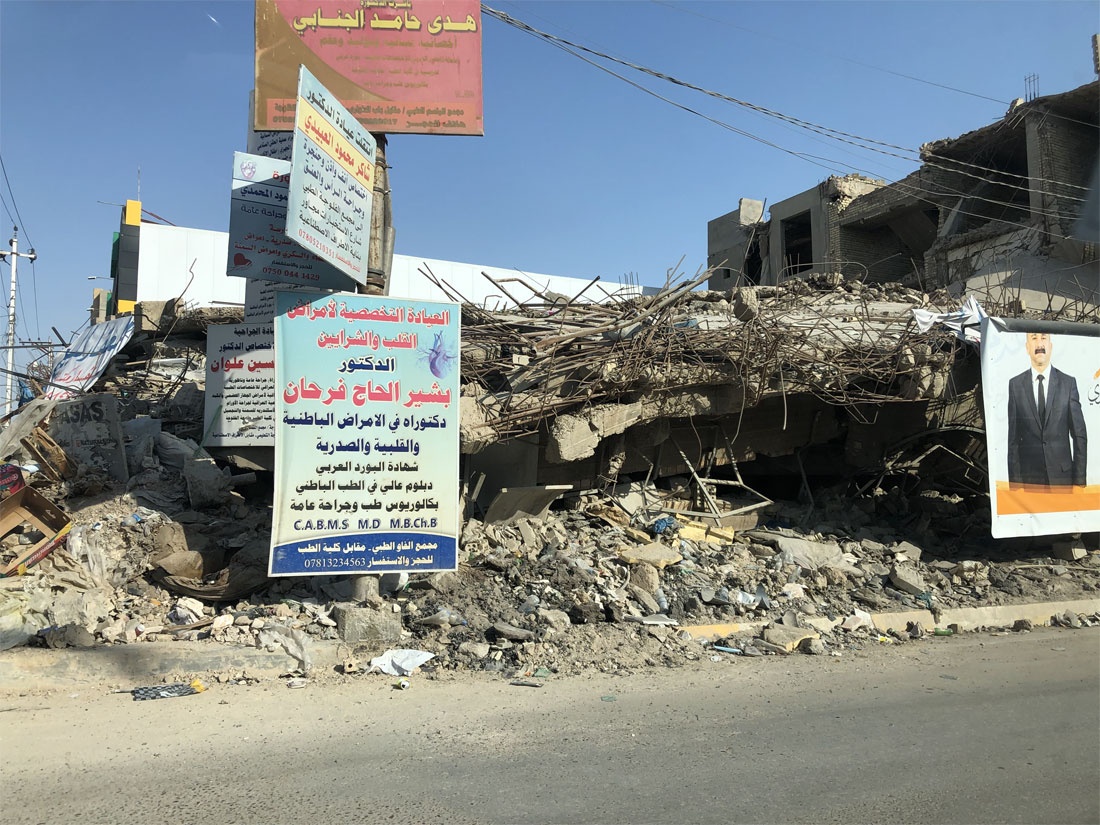
Wars and military operations contribute significantly to climate change. Military jets and vehicles consume petroleum-based fuels at an extremely high rate, and the vehicles used in the war zones produce tons of carbon monoxide, nitrogen oxides, hydrocarbons, and sulfur dioxide in addition to CO2.
Residents of war zones and soldiers suffer many negative health consequences of war’s environmental wreckage. Bombs and other munitions contain toxic substances, including heavy metals, white phosphorous, depleted uranium, and dioxin, that, in addition to causing horrific injuries, contaminate soil, water, and vegetation in the aftermath of fighting. Explosive weapons destroy buildings, generating debris and releasing hazardous materials such as asbestos, industrial chemicals, and fuels. Explosives also destroy water supplies and sanitation facilities, leading to pollution from sewage and solid waste. In rural areas, bombing decreases soil quality and inhibits agriculture by disrupting topography, forming craters, and altering drainage patterns. Unexploded remnants of war remaining in the land injure and kill people for years after the active fighting has ended.
U.S. military bases in Iraq, Afghanistan, and elsewhere contaminate their surrounding environments with oil spills and other toxic chemicals. U.S. military burn pits – open air incinerators used to burn broken-down tanks, the detritus of weapons, computers, batteries, aerosols, metals, and many other types of industrial, military, and medical debris – contaminate the air, ground water, and soil and expose soldiers and civilians to dangerous health pollutants.
At times, environmental destruction is an intentional weapon of war. Ecosystems, animal and bird populations are adversely affected.







